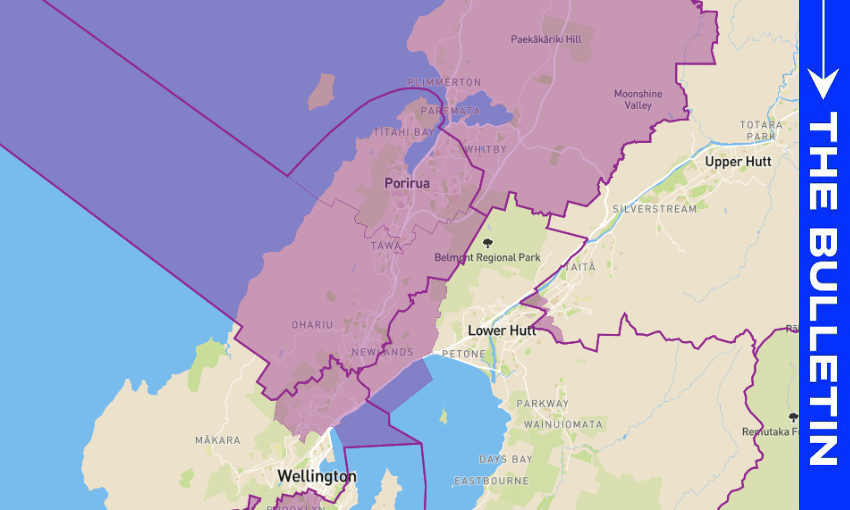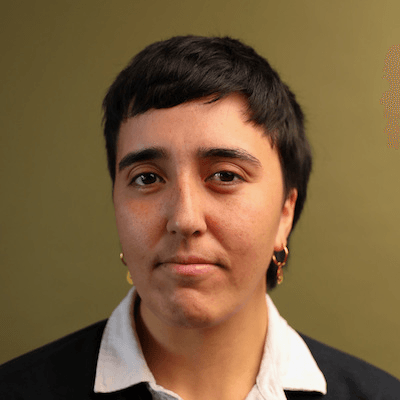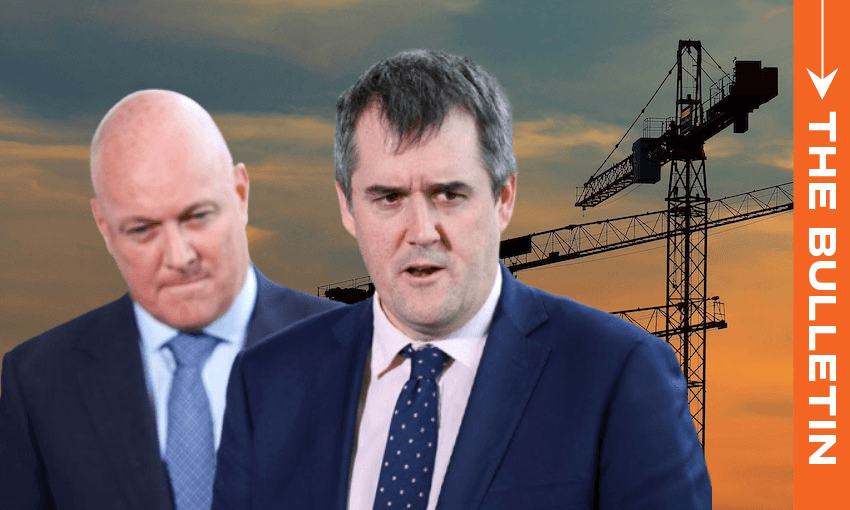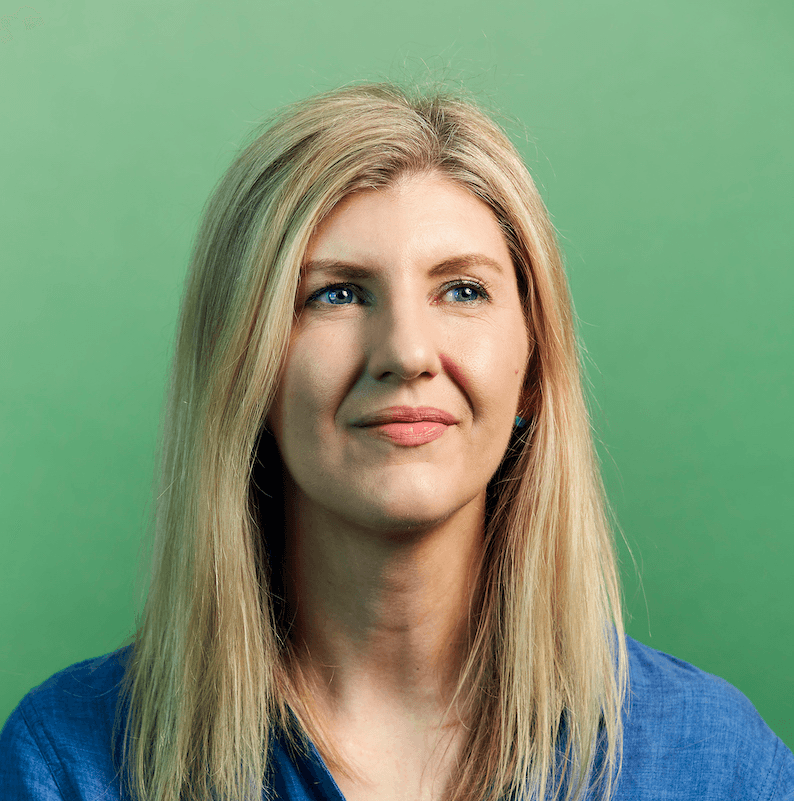The Representation Commission has proposed changes to New Zealand’s parliamentary electorates ahead of the 2026 election, writes Madeleine Chapman in today’s extract from The Bulletin.
To receive The Bulletin in full each weekday, sign up here.
Wellington loses a seat
In a suite of proposed changes, the Representation Commission has outlined (literally) the new electorate boundaries for the 2026 election. After much speculation around which electorate would get the axe, the commission has proposed turning three Wellington electorates into two. The lower North Island seats of Ōtaki, Mana and Ōhāriu are set to become Kapiti and Kenepuru.
The full list of changes is laid out by RNZ and reads like a fantasy draft, with electorates around the country losing some suburbs and picking up others. Wellington Central loses Brooklyn and picks up Wadestown. Epsom picks up Grafton and loses Balmoral.
Scroll around the big map here.
Why now?
The commission reviews electorate boundaries after every census (every five years) to ensure that electorates always have about the same number of people (not just voters). The 2023 census showed population growth was slower in the North Island than the South Island so one North Island electorate would be lost. It’s the first time electorates have been broken up and reduced since MMP began.
What the census didn’t account for was the recent growth in the Māori roll. During the hīkoi in 2024 protesting government policies relating to Māori, organisers and Te Pāti Māori encouraged participants to enrol on the Māori roll. As Glenn McConnell and Emma Ricketts explain for Stuff, that increase in voters in each Māori electorate wasn’t factored into the commission’s decisions as it occurred after the cut-off date of April 1, 2024. It may instead be factored into the next review in 2029.
Porirua splits in two
With three electorates becoming two, Porirua (the bulk of the Mana electorate) will be split, with half of the city falling into Kenepuru and the other half into Kapiti. Where’s the line? Well, right where most Porirua locals would draw the line, between Waitangirua and Whitby. In the 2018 Census, 6% of residents in Whitby were Pacific, while next door in Waitangirua that number was 66%. As a Labour stronghold, current electorate MP Barbara Edmonds told media that Mana locals thought the proposed changes were “sad”.
Edmonds and Greg O’Connor, Labour MP for Ōhāriu, both said it was too early to say whether they would campaign against each other for the Kenepuru seat in 2026, but that it would be unlikely. O’Connor says he plans to stick around, even if his Ōhāriu seat is gone.
Could this change electorate results in 2026?
As Politik’s Richard Harman observes (paywalled), the changes could dramatically impact National’s front bench. Harman writes that “Chris Bishop’s highly marginal Hutt South seat appears to have got even more marginal with the changes” and Nicola Willis has no avenues left to win a Wellington seat if Ōhāriu goes. He notes that the need to protect those two would “almost certainly spells the end of the Speaker, Gerry Brownlee and former minister Melissa Lee maintaining high places on the National list.”
The Spinoff’s Wellington editor Joel MacManus dived into the polling data from 2023 to predict which direction each newly boundaried electorate could shift in 2026. It’s a comprehensive list with some food for thought and data to back it up. Auckland Central? “Shifts strongly left.” Nailbiter Mount Albert where Labour’s Helen White won by just 18 votes last election? “Shifts right.”
Kapiti or Kāpiti?
An easter egg for the macron maniacs. The new lower North Island electorate will be named Kapiti (no macron). The spelling of Kapiti has been debated in writing and on its welcome signs for nearly two decades. In 2023, The Spinoff published a handy explainer on the history of the debate and the arguments for each spelling. At that point, Kāpiti was spelled with a macron. But in October 2024, the Kapiti Coast District Council voted, with the support of mana whenua, to remove the macron from Kapiti in its Māori ward name. And so, Kapiti.
Objections for everyone
The public has until April 27 to object to the proposals. Then until May 21 to counter-object to any objections. In June there’ll be public hearings for both objections and counter-objections and when everyone’s objected out, the final boundaries will be released on August 8.




